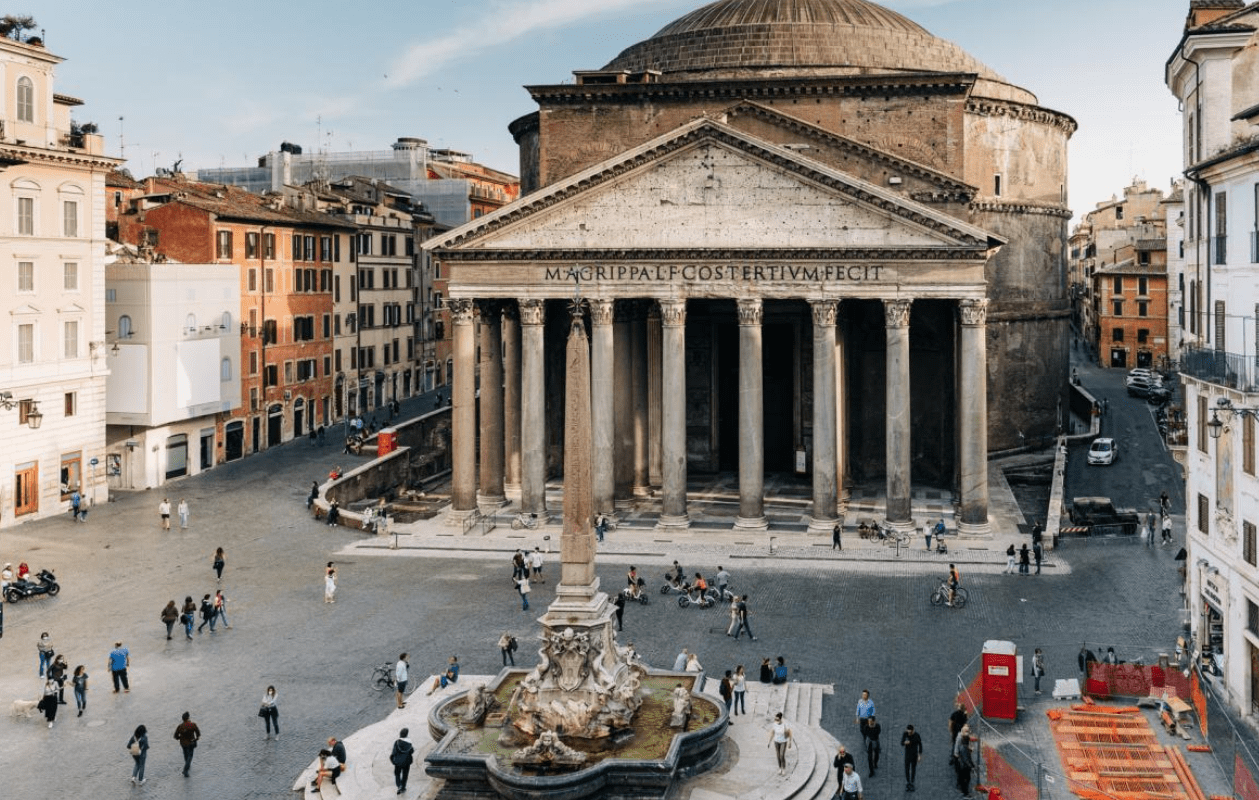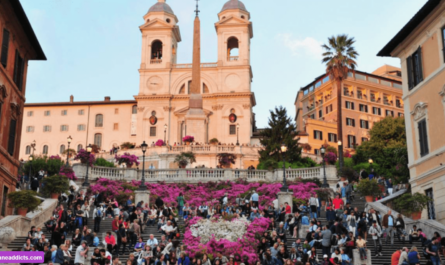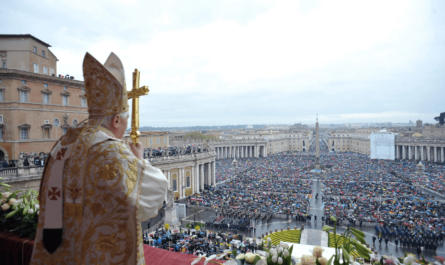Most Significant Buildings in Rome: Roman architecture and engineering stand out globally for their brilliance and influence, both in ancient and contemporary contexts. The opulent palaces of influential families, grand churches commissioned to esteemed architects to bolster ecclesiastical power, and essential public works like streets, bridges, and aqueducts reflect the advanced level of civilization that Rome has achieved over centuries.
This guide highlights Rome’s most significant and visually stunning buildings, aiming to navigate through the city’s rich history and uncover notable landmarks that many travelers might overlook.
What significant buildings did the Romans construct?
From colossal aqueducts and thermal baths to amphitheaters, the architectural achievements of ancient Romans are spread across Europe, showcasing their engineering sophistication. The structures in Rome that we admire today span various historical periods, illustrating diverse architectural styles from Baroque to Renaissance.
Our selection of Rome’s most representative buildings includes masterpieces from every era, from ancient times to the 20th century.
Which ancient Roman structures are still standing?
Many of Rome’s famous structures remain intact, including aqueducts, temples, and early Christian churches. These sites offer a fascinating glimpse into Roman civilization.
Why do Roman buildings endure?
While the concise answer is that Capitalism was not yet a factor, a more detailed explanation involves the durability of Roman construction techniques. Many buildings have survived due to their robust brickwork, concrete, and extensive use of arches. Romans adapted and refined techniques from previous civilizations, including the Greeks, to create long-lasting structures.
What are the oldest buildings in Rome?
Rome boasts several ancient buildings, including the Pantheon, the Colosseum, the Roman Forum, and the Hadrian Mausoleum (Castel Sant’Angelo). However, these are just a few of the city’s historical gems. Exploring Rome’s multi-layered history also involves discovering subterranean sites like catacombs and ancient aqueducts through specialized tours.
22 Must-See Famous Buildings in Rome
Pantheon
The Pantheon is arguably the most renowned domed building in Rome. Originally constructed by Marcus Vipsanius Agrippa in 27 BC, it was dedicated to all the gods. According to Roman historian Cassius Dio, it was particularly devoted to the Gens Julia family. With its grand dome, the Pantheon remains one of the world’s largest concrete domes and features an oculus designed for a divine connection.
Restored by Emperor Hadrian between 118 and 125 CE and converted into a church in 609 CE by Pope Boniface IV, it is now known as Santa Maria ad Martyres.
Location: Piazza della Rotonda
Hours: Daily from 9 am to 7 pm (last entrance at 6 pm).
Colosseum
The Colosseum, or Flavian Amphitheater, is the most iconic of Rome’s ancient structures. Built by Emperor Titus Flavius Vespasianus between 70 and 81 CE, it could hold around 50,000 spectators. The Colosseum was the venue for gladiatorial contests and public spectacles. Today, visitors can explore the arena, the dungeons, and the main bleachers.
Location: Piazza del Colosseo
Hours: Daily from 8:30 am to 7:15 pm (4:30 pm in winter).
Castel Sant’Angelo
Originally constructed by Emperor Hadrian as his mausoleum, Castel Sant’Angelo was repurposed as a fortress by Emperor Honorius in the 5th century. It later became a papal fortress and residence. Today, it offers a rich historical narrative and stunning views of St. Peter’s Basilica from its upper floors.
Location: Lungotevere Castello 50
Hours: Daily from 9 am to 7:30 pm (last entrance at 6:30 pm).
St. Peter’s Basilica
One of the most revered churches in Christendom, St. Peter’s Basilica was built atop the 4th-century Constantinian Basilica and an ancient necropolis where Saint Peter is believed to be buried. It features masterpieces such as Michelangelo’s dome and the bronze canopy known as St. Peter’s Baldachin.
Location: St. Peter’s Square
Hours: Monday-Sunday from 7 am to 6:30 pm.
Vatican Palaces
The Vatican Palaces, including the renowned Vatican Museums, were developed from the 9th century onwards. Highlights include the Sistine Chapel, Raphael’s Rooms, and the Vatican Gardens.
Location: Viale Vaticano
Hours: Monday to Saturday from 9 am to 6 pm.
Teatro di Marcello
The Theater of Marcellus, resembling the Colosseum in design, was begun by Julius Caesar and completed by Augustus in 17 BC. It was used for theatrical performances until the 4th century and later repurposed as a fortress.
Location: Via del Teatro di Marcello
Mausoleum of Augustus
Built by Augustus starting in 28 BC, this round tomb was the largest of its kind, housing the remains of Augustus and his family. It was repurposed over time but remains a significant historical site.
Location: Piazza Augusto Imperatore
Hours: Tuesday to Sunday from 9 am to 7 pm (until 4 pm in winter). Closed on Mondays.
Ara Pacis
The Ara Pacis, an altar dedicated to peace, was constructed in 13 BC. It was rediscovered and restored in the 20th century and is now a museum hosting various exhibitions.
Location: Lungotevere in Augusta
Hours: Daily from 9:30 am to 7:30 pm.
Palazzo dei Quirinale
Originally a papal residence and later the home of the Italian royal family, Palazzo dei Quirinale now serves as the residence of the President of the Republic. It features a vast art collection and beautiful gardens.
Location: Piazza del Quirinale
Hours: Wednesday, Friday, Saturday, and Sunday from 9:30 am to 4 pm. Booking required.
Vittoriano
The Vittoriano, or Altar of the Fatherland, honors King Vittorio Emanuele II and includes the Museum of the Risorgimento and the Tomb of the Unknown Soldier. It’s noted for its grandeur and distinctive architectural style.
Location: Piazza Venezia
Hours: Daily from 9:30 am to 7:30 pm.
Palazzo Barberini
Palazzo Barberini, designed by Bernini and Borromini, now houses the Gallerie Nazionali di Arte Antica. It displays works by Raphael, Caravaggio, and other renowned artists.
Location: Via delle Quattro Fontane 13
Hours: Tuesday-Sunday from 10 am to 6 pm (last entrance at 5 pm). Closed on Mondays.
Villa Farnesina
Villa Farnesina, a prime example of Renaissance architecture, was designed by Baldassarre Peruzzi and features frescoes by Raphael, including The Loggia of Cupid and Psyche.
Location: Via della Lungara 230
Hours: Daily from 10 am to 7 pm. Closed on Tuesdays.
MAXXI
The MAXXI, or National Museum of 21st Century Arts, is a modern architectural marvel by Zaha Hadid. It hosts contemporary art and architecture exhibitions.
Location: Via Guido Reni 4a
Hours: Tuesday-Sunday from 11 am to 7 pm (10 am on weekends). Closed on Mondays.
Corte di Cassazione
Known as “Palazzaccio,” the Italian Court of Justice is a prominent building from the early 20th century, reflecting Renaissance and Baroque influences.
Location: Piazza Cavour
Pyramid of Caius Caestius
The Pyramid of Caius Caestius is an ancient funerary monument from 18-12 BC, located near the Protestant Cemetery. It stands as one of Rome’s best-preserved ancient structures.
Location: Via Raffaele Persichetti
Hours: Temporarily closed; visit by appointment only.
Palazzo della Civiltà Italiana
The Palazzo della Civiltà Italiana, also known as the Square Colosseum, was built during the Fascist era and intended to showcase Italian civilization.



